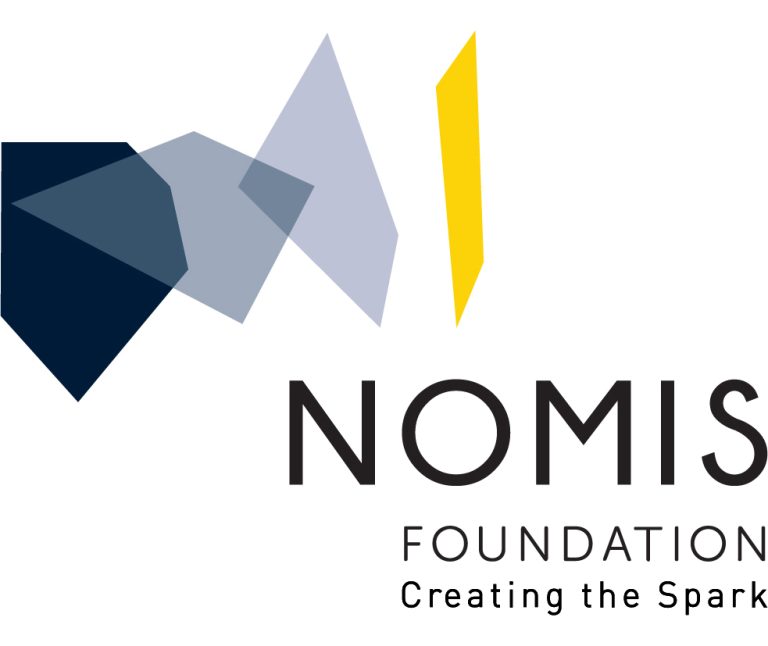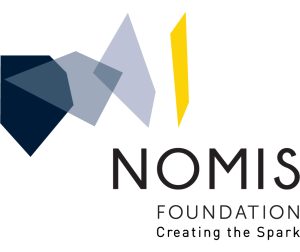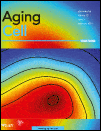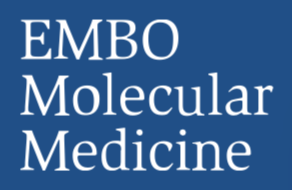Glacier-fed streams (GFSs) exhibit near-freezing temperatures, variable flows, and often high turbidities. Currently, the rapid shrinkage of mountain glaciers is altering the delivery of meltwater, solutes, and particulate matter to GFSs, with unknown consequences for their ecology. Benthic biofilms dominate microbial life in GFSs, and play a major role in their biogeochemical cycling. Mineralization is likely an important process for microbes to meet elemental budgets in these systems due to commonly oligotrophic conditions, and extracellular enzymes retained within the biofilm enable the degradation of organic matter and acquisition of carbon (C), nitrogen (N), and phosphorus (P). The measurement and comparison of these extracellular enzyme activities (EEA) can in turn provide insight into microbial elemental acquisition effort relative to environmental availability. To better understand how benthic biofilm communities meet resource demands, and how this might shift as glaciers vanish under climate change, we investigated biofilm EEA in 20 GFSs varying in glacier influence from New Zealand’s Southern Alps. Using turbidity and distance to the glacier snout normalized for glacier size as proxies for glacier influence, we found that bacterial abundance (BA), chlorophyll a (Chl a), extracellular polymeric substances (EPS), and total EEA per gram of sediment increased with decreasing glacier influence. Yet, when normalized by BA, EPS decreased with decreasing glacier influence, Chl a still increased, and there was no relationship with total EEA. Based on EEA ratios, we found that the majority of GFS microbial communities were N-limited, with a few streams of different underlying bedrock geology exhibiting P-limitation. Cell-specific C-acquiring EEA was positively related to the ratio of Chl a to BA, presumably reflecting the utilization of algal exudates. Meanwhile, cell-specific N-acquiring EEA were positively correlated with the concentration of dissolved inorganic nitrogen (DIN), and both N- and P-acquiring EEA increased with greater cell-specific EPS. Overall, our results reveal greater glacier influence to be negatively related to GFS biofilm biomass parameters, and generally associated with greater microbial N demand. These results help to illuminate the ecology of GFS biofilms, along with their biogeochemical response to a shifting habitat template with ongoing climate change.













